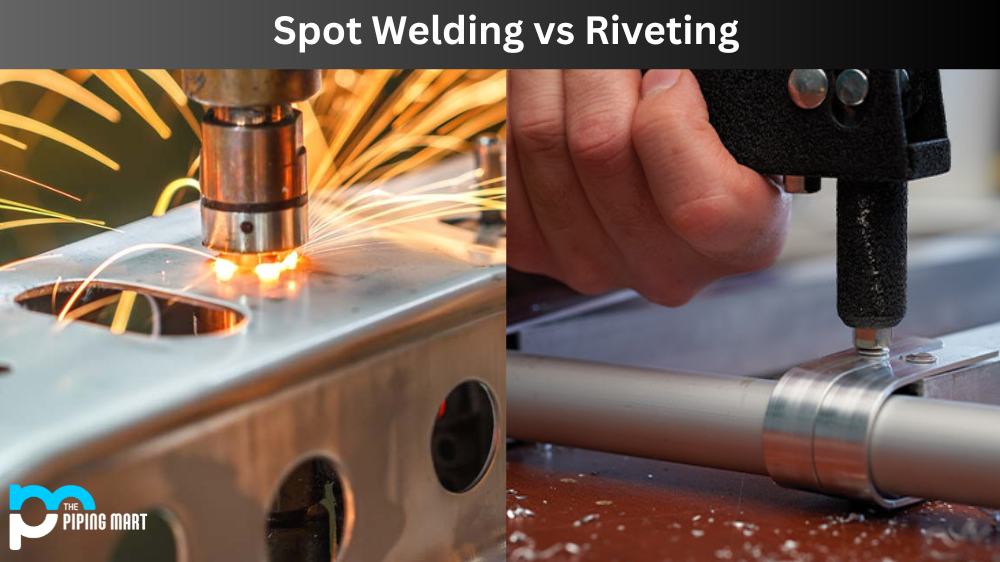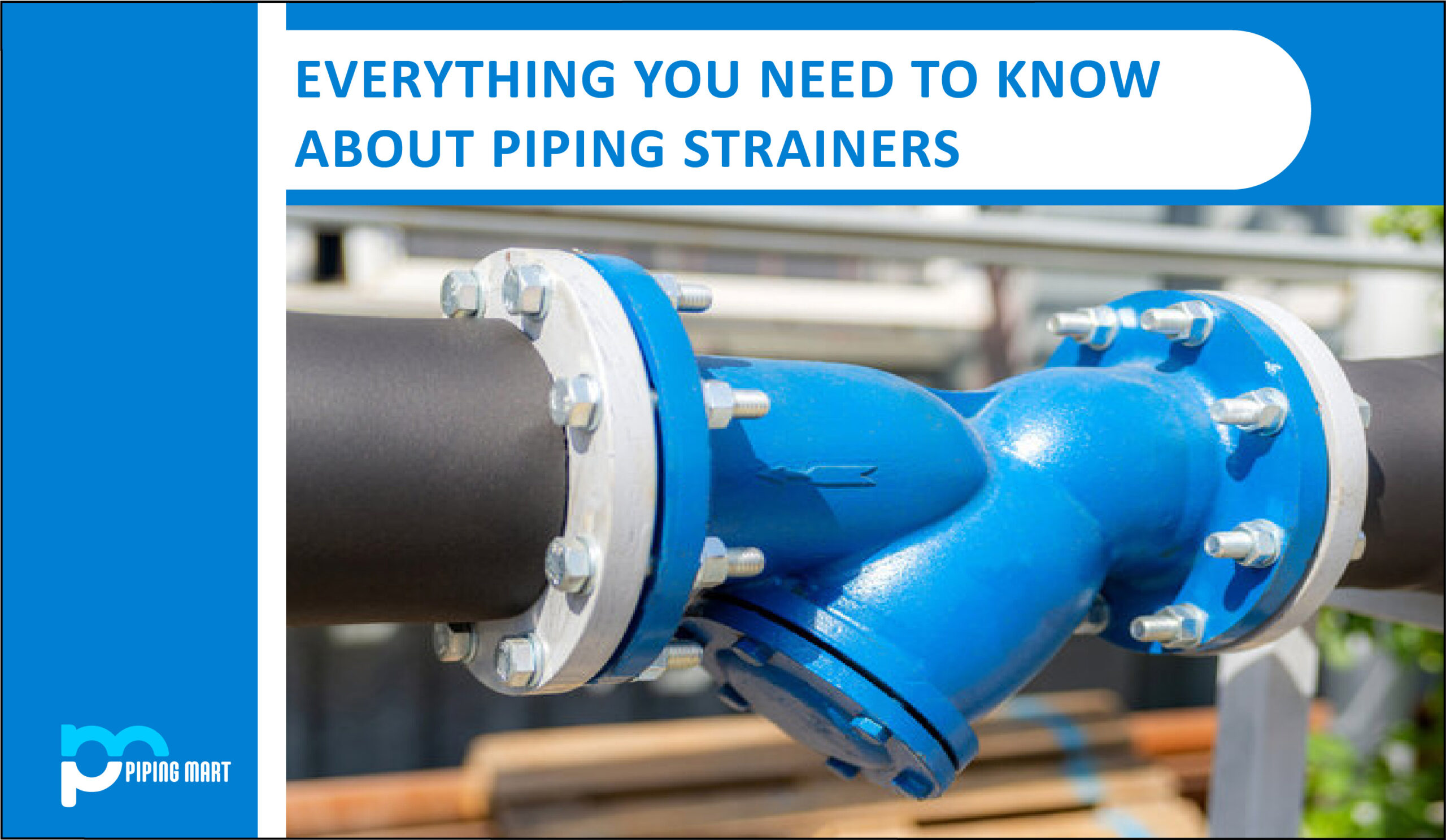There are a few different methods to choose from when it comes to joining two pieces of metal together. Spot welding and riveting are two popular options used for this purpose. But what is the difference between spot welding vs riveting? In this blog post, we’ll look at the pros and cons of both methods so you can decide which one is right for your project.
Spot Welding
Spot welding is a process in which two pieces of metal are joined together by applying heat and pressure using two electrodes. The electrodes melt a small portion of the metal on each piece, creating a bond between them. This method is often used when joining thin metal sheets because it’s fast and efficient. It also has the added benefit of being relatively inexpensive. However, spot welding does have some drawbacks. For example, it requires special equipment that can be expensive to purchase or rent, and it may not be suitable for thicker sheets of metal due to its limited penetration depth.
Riveting
Riveting is another popular method for joining two pieces of metal together. This process involves using a tool known as an air hammer to insert rivets into pre-drilled holes in the pieces of metal being joined. The rivets hold the two pieces together securely while allowing them to move independently if necessary. Riveting is more time-consuming than spot welding but offers greater flexibility in terms of materials that can be used and thicknesses that can be joined successfully. However, like spot welding, it also requires specialized equipment that can be costly to purchase or rent.
Difference Between Spot Welding and Riveting
Advantages of Spot Welding
One advantage of spot welding over riveting is that it is faster. Additionally, spot welding creates a stronger joint than riveting, making it better suited for applications where the joint will be subject to high stress or vibration. Finally, spot welding is less likely to distort the joined metals than riveting.
Advantages of Riveting
One advantage of riveting over spot welding is that it can join dissimilar metals, such as aluminium and steel. Additionally, riveting does not require access to both sides of the joint like spot welding, making it easier to use in certain applications. Finally, rivets are less likely to come loose than spot welds, making them better suited for applications where safety is a concern.
Disadvantages of Spot Welding
One disadvantage of spot welding is that it can only join metals with similar properties, such as carbon steel or stainless steel. Additionally, spot welding requires access to both sides of the joint, which can be difficult to achieve in some applications. Finally, spot welds are more likely to come loose than rivets, making them less suited for applications where safety is a concern.
Conclusion:
Spot welding vs riveting – which one should you choose? Both methods have advantages and disadvantages depending on your project requirements, budget, and timeline. If speed and cost are your primary concerns, spot welding may be the better option for you; however, if flexibility and strength are more important, riveting could be the way to go. Ultimately, it’s up to you to decide which method best meets your needs!

A passionate metal industry expert and blogger. With over 5 years of experience in the field, Palak brings a wealth of knowledge and insight to her writing. Whether discussing the latest trends in the metal industry or sharing tips, she is dedicated to helping others succeed in the metal industry.




